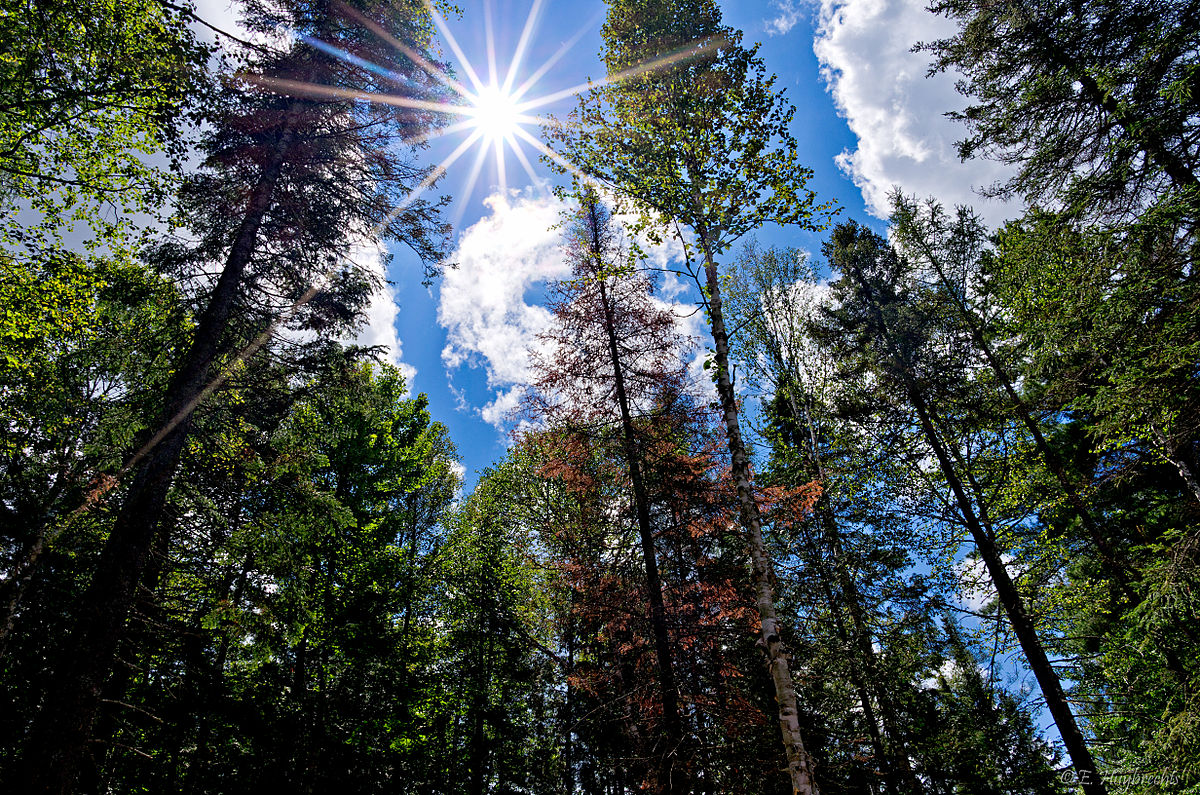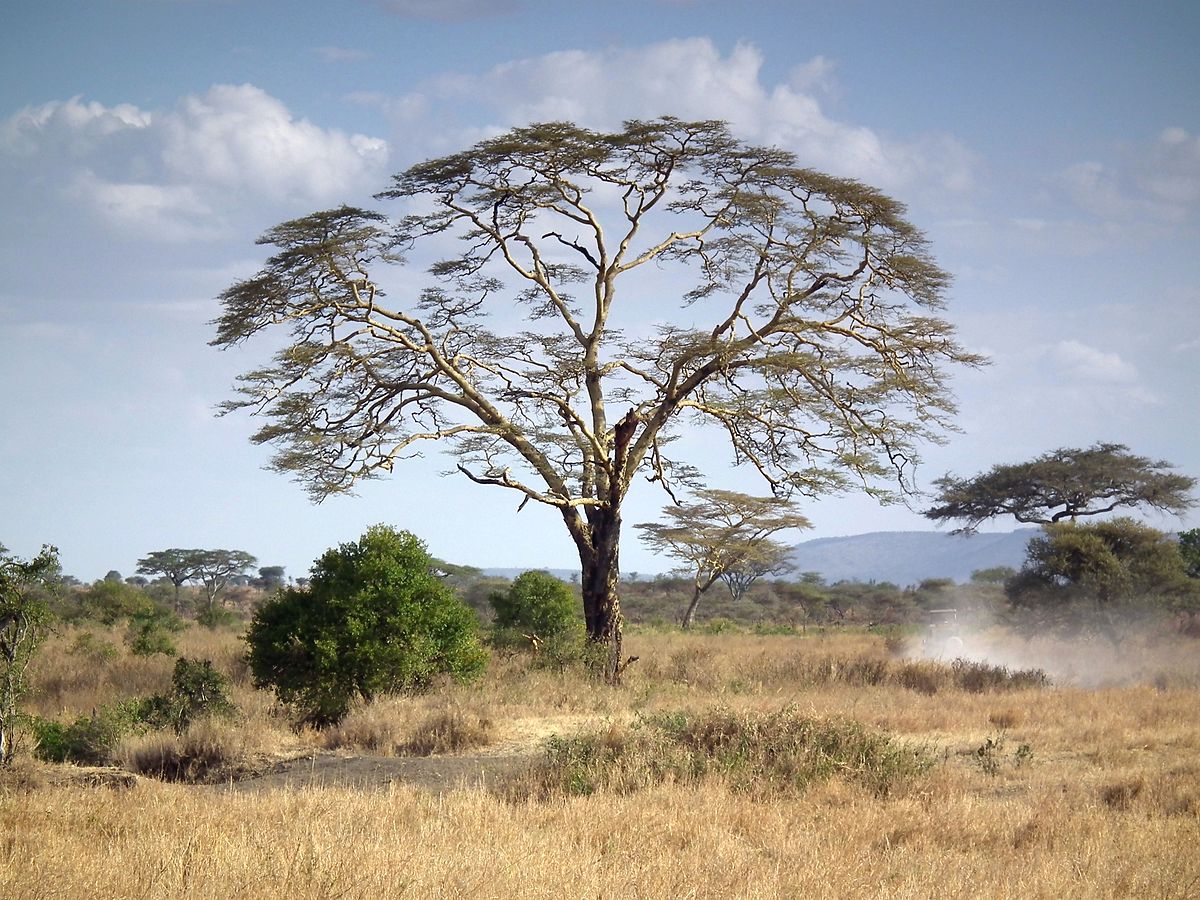 We’ve hit the new year with all the right energy, planting trees. There are all these sayings about trees, like “the best time to plant a tree is ten years ago; the second best time is now” and “a society grows wise when [people] plant trees in whose shade they will never sit” (implying planting trees for the benefit of future generations), and it all boils down to: trees taker a long time to get established. Start them as soon as you can.
We’ve hit the new year with all the right energy, planting trees. There are all these sayings about trees, like “the best time to plant a tree is ten years ago; the second best time is now” and “a society grows wise when [people] plant trees in whose shade they will never sit” (implying planting trees for the benefit of future generations), and it all boils down to: trees taker a long time to get established. Start them as soon as you can.
Trees (and shrubs, and other deep-rooted perennial plants) are essential for a food forst, or any forest-like permaculture system. They’re also really useful for rehabilitating damaged or degraded landscapes, especially where salinity is a problem (deep-rooted perennial plants lower the water table and reduce salinisation of surface soils by salty groundwater). Many trees are also highly productive, giving a higher yield per area in terms of food value produced than most annuals, often with less care, maintenance, and irrigation.
 But trees are harder to get established than annuals. They are longer lived and therefore slower growing, slower to mature and reach productivity, slower to get established. And fruiting (or otherwise productive) tree species are often quite delicate in a WA context, and don’t handle the heat or the dry weather very well. There are exceptions, but usually permies will want to start out by planting some nurse trees, to get some soil bacteria established and shade the ground a little to stop all the moisture baking out of it in the summer. If they fix some nitrogen, or have some other use, all the better. Some of these phase 1 trees will continue on in the final forest system, while others may die natural deaths (fast growing short-lived trees will naturally be senescing when your main canopy starts to mature) or be removed (and mulched or used for timber) to make space in the canopy for the productive trees to grow into.
But trees are harder to get established than annuals. They are longer lived and therefore slower growing, slower to mature and reach productivity, slower to get established. And fruiting (or otherwise productive) tree species are often quite delicate in a WA context, and don’t handle the heat or the dry weather very well. There are exceptions, but usually permies will want to start out by planting some nurse trees, to get some soil bacteria established and shade the ground a little to stop all the moisture baking out of it in the summer. If they fix some nitrogen, or have some other use, all the better. Some of these phase 1 trees will continue on in the final forest system, while others may die natural deaths (fast growing short-lived trees will naturally be senescing when your main canopy starts to mature) or be removed (and mulched or used for timber) to make space in the canopy for the productive trees to grow into.
After three years of trial and error, and research, we’ve got a pretty good handle on what trees work well in the context of the Perth hills (600 – 800 mm rainfall per year, mostly over winter, temperatures ranging up to 42 degrees C in summer and down to zero degrees C in winter, possible light frosts in winter, sandy laterite gravel soils with some clay content, high fire risk in summer) with minimal additional irrigation. So here are some of our top picks for the stage one planting on a degraded site.
- (1) Wattles. Not all wattles are native to the area, but they seem to behave as if they are. They’re fast-growing, nitrogen fixing, and shade-providing, making them excellent nurse trees for later planting fruit trees. We’ve put in all species with edible seeds, meaning that they’re also a food producing plant: jam wattle (Acacia acuminata), prickly wattle (Acacia victoriae), mulga (Acacia aneura), silver wattle (Acacia dealbata), coastal wattle (Acacia sophorae), and dogwood (Acacia coriacea). Grow easily from seed; fast growing.
- (2) Empress Tree or Princess Tree (Paulownia tormentosa). These need a bit of babying for the first year or two, but once established they’re virtually unkillable. They coppice well (i.e. resprout from the roots), and they create beautiful deep shade with their large, soft leaves. They’re fire retardant (i.e. they’re hard to burn, and fires will generally stop at them as if at a firebreak), and their flowers are a very good nectar source for bees. Grow easily from seed; fast growing.
- (3) Jacarandas (Jacaranda mimosifolia) are hardy, tough, and beautiful. Their only real use (other than shade and soil stabilisation) is that the flowers are a good nectar source for bees, but I love them. Flowering jacarandas have always been my marker for spring. Grow easily from seed; fast growing.
- (4) Illawarra flame trees (Brachychiton acerifolius) need a biut of support through their first summer, and they suffer quite badly from defoliation by grasshoppers, but they’re pretty tough. Their seeds are theoretically edible (were used for food by some Aboriginal groups), but the seed pods contain irritating fine hairs similar to the glochids on prickly pear cactus. They can cause blindness if they get into your eyes, so be careful handling the seeds and seed pods.
- (5) Honey locust (Gleditsia triacanthos) are similar in appearance to jacarandas, with feathery leaves, but they don’t have the showy flowers of the jacaranda. Their seed pods (and leaves) are useful as stock feed, though; high in sugar and minerals. There is some indication that honey locusts may be nitrogen fixing, although they are non-nodulating – it’s controversial, but they do show many of the characteristics of nitrogen fixing trees, including thriving in low N soils. Grow easily from seed; fast growing.
- (6) Olives (Olea europea) are not fast growing trees, but they are very hardy. They need very little support after their first year in the ground (although extra water and fertiliser will encourage them to grow faster), and are a commercially productive tree. Propagate from cuttings of known varieties.
- (7) Casuarina or Allocasuarina species – I’m not actually sure what species the ones we have are, as they self-seeded from local stands. Could be Allocasuarina decussata, or possibly Allocasuarina huegeliana. Whatever exact species they are, they produce copious quantities of pollen for the bees, and the foliage can be used as livestock feed for ruminants. Given they volunteered (self-seeded), they must grow easily from seed, and they do grow fast. I’ll try deliberately planting some seeds this autumn and see how that goes.
- (8) Frangipani (Plumeria spp.) are surprisingly tough, and can be grown very easily from cuttings. They give good shade, and drop a lot of leaves in winter, providing some good soil-building biomass. I can’t find a corroborating link right now, but the petals of the frangipani flower are edible, and can be added to salads. I have not done any toxicity testing, so eat at your own risk, but I have eaten them with no ill effects.
Amusingly, fig trees don’t make this list. People think that figs are tough and hardy, and they are – once established. Getting them there though.. they have to be babied through their first 2 – 4 years in the ground with extra water and a lot of care. We have killed four baby fig trees learning this.
Pomegranates should be a good option, as long as they are in full sun. So far our pomegranate experiments have not done well, because we mistakenly thought that full sun in Europe would = some midday shade in WA. Not true. After 2 years of not growing and barely surviving, with permanently yellow leaves, we gave in and dug the 2 baby pomegranate sup, and moved them to a full sun location to see what would happen. One didn’t survive the transplant, but the other is thriving for the first time ever and actually growing. I’ve ordered some more young trees, which will go into the ground when they arrive in nice, sunny locations, and I’ve planted some seeds from a supermarket fruit to see what happens. If they germinate reasonably easily, I may import some new genetics from the US and the middle east in seed form and start playing with pomegranate breeding.
Apples, pears and quinces do remarkably well if provided with a bit of additional water in summer (not much water is needed to keep them alive, but they need it regularly – twice a week). They do summer complete defoliation from the grasshoppers though, so either spray them with insecticide (neem oil is great) or net them. Guinea fowl do help keep the grasshopper population down, but they don’t provide sufficient control to keep the trees alive without spraying or netting.
The next experiments (currently in seed trays, hopefully germinating soon) include moringa (Moringa oleifera), graceful honey myrtle (Melaleuca radula), and bottlebrush (Callistemon spp. – locally collected seed). We also have poplar (Populnus nigra) and willow (Salix spp.) cuttings growing, to plant out this autumn, and some lilly pilly (Syzygium smithii) seedlings in the ground to see how they go.
The experiments never end though. I want to try putting in some tagasaste (Cytisus proliferus, also known as Chamaecytisus palmensis) and leucana (Leucaena leucocephala), and some black mulberry (Morus nigra) seedlings. I’d like to try some riberry (Syzygium luehmannii) plants too, if I can find some.